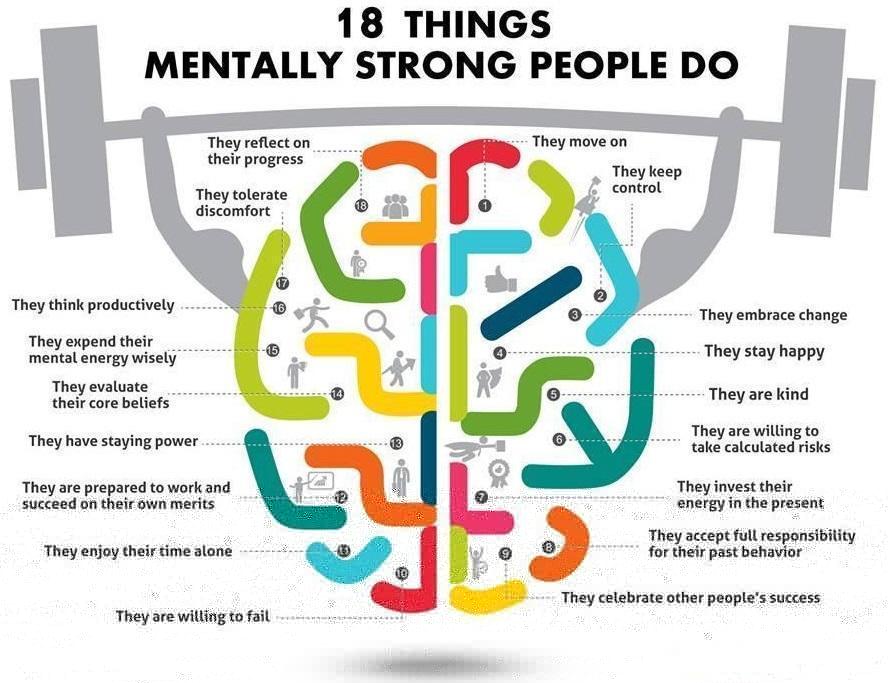For decades Battersea Power Station has been a derelict icon but now it is at the heart of the largest redevelopment area in central London. Covering nearly 500 acres, the redevelopment of the Nine Elms Vauxhall will include the new American embassy and more than a dozen new sky scrapers. Over 35,000 new residents will to come to live in the area and 25,000 new jobs will be created.
All this will take place in two parishes served by two small inner city churches in the poorest communities in Wandsworth and Lambeth. These parishes will double in size in the next ten years to over 60,000 residents and they will then include some of the wealthiest people in London.
How can two small churches survive when the ministry demands are so great? Here is an initial stab at an answer – four principles of mission planning in major redevelopment areas:\r\n
Principle 1:
It’s Who not What
Planning for growth starts with focusing not on physical changes taking place in an area but on the clergy, area deans and leadership teams who already serve in local parishes and deaneries. The task is to facilitate a collaborate approach to mission and ministry so that churches can become the hub of community building as the area changes. Some key activities to help this process are:\r\n
- Create structured opportunities for local parish priests, area deans and their respective teams to step outside their busy schedule and reflect on opportunities and new ideas
- Put new ideas into a wider local context of change in the area to help parishes broaden their Mission Action Planning process
- Maintain project momentum. The timescale for most large redevelopment projects is rarely less than ten years, so find ways to keep church teams engaged with the project.
- Develop a strong network of local influencers and power brokers, both inside and outside the church, so as to remain broadly informed and aware of new possibilities and developments
Principle 2:
It’s Leadership First not Strategy First
Finding the right people to lead strategic mission development is more important than trying to design a strategy first and hoping someone will deliver it. The problem is how to facilitate growth at times of rapid urban change and local clergy do not always have the skills to respond to major urban projects. So the two key question to ask before establishing a strategic project are ‘who will drive the project, and what authority will they need to make the project happen?’
Principle 3:
It’s Large and Small not Large or Small
We can no longer expect the local parish church to resource and deliver the levels of engagement demanded by many modern major developments. Planning has to be for 30-40 years, not the 7-14 years most parish priests typically stay in post. Major projects have to be delivered by a partnership between diocese, parish and deaneries. In other words, an integrated strategy must develop from the ground up and top down at the same time.
Principle 4:
It’s Project Time not Church Time
Most of church life is designed around seasonal, weekly and daily rhythms. Major urban redevelopment is not. Redevelopment projects have their own pace, which can at times mean nothing happens for years, and at other times the change is too fast to keep up with. In this context mission practitioners need to tune in to the pace and speed of the project. There will be key moments, perhaps a community consultation or a key high level political meeting, and the successful practitioner has to identify these moments and be ready to make the most of the opportunity.
These four principles have been developed from observations of the real work undertaken in Nine Elms on the South Bank. If there’s a fifth principle, it is that learning must be transferred.




